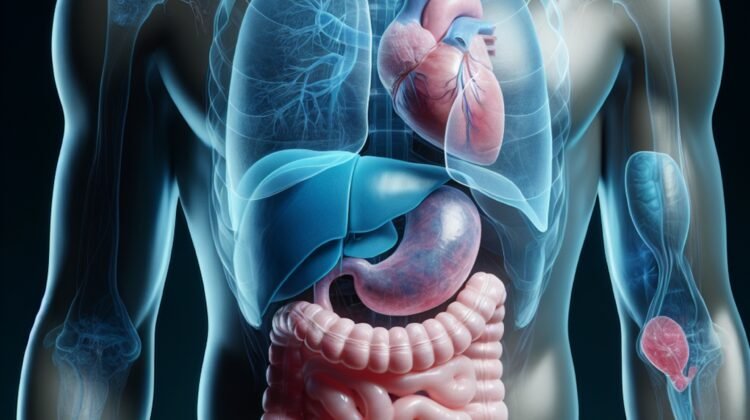
Why Artificial Intelligence is an Asset for Medicine in 2025
The year 2025 marks a significant milestone in the integration of intelligent technologies within the medical field. Thanks to recent advancements, these innovations have become essential for enhancing care, strengthening healthcare professionals’ skills, and optimizing available resources. Let us explore the reasons why these breakthroughs represent a true revolution for contemporary medicine.
Faster and More Accurate Diagnoses
Intelligent technologies have revolutionized diagnostics by enabling the early and precise detection of numerous pathologies. For instance, machine learning algorithms analyze medical images—such as X-rays, MRIs, or CT scans—with a speed and reliability often surpassing that of human experts. These tools are now widely used to identify diseases like cancer, cardiovascular disorders, and neurodegenerative conditions at early stages, thereby increasing the chances of effective treatments.
Personalized Treatments
Technological innovations have made it possible to shift from standardized medicine to tailored care, customized to each individual’s specific characteristics. Intelligent systems analyze genetic, clinical, and historical data to propose personalized treatment protocols. This approach is particularly effective in oncology, where it optimizes outcomes while minimizing side effects.
Essential Support for Healthcare Professionals
These tools have become indispensable assistants for doctors, nurses, and researchers. They simplify the management of medical records, prioritize complex cases, and accelerate administrative tasks, allowing professionals to focus more on the human aspect of care. Virtual assistants also provide quick responses to patient inquiries, facilitating access to information.
Accelerated Medical Research
The analytical capabilities of intelligent systems are revolutionizing biomedical research. Predictive models, powered by massive datasets, help identify new therapeutic targets and accelerate the development of treatments. Clinical trials also benefit from these technologies, which improve participant recruitment and analyze results in real time.
Optimized Healthcare Resource Management
Healthcare systems face growing challenges related to demographic aging and the rise in chronic diseases. Intelligent solutions play a crucial role in anticipating resource needs, optimizing hospital planning, and reducing unnecessary costs. For instance, predictive algorithms enable the efficient allocation of available resources.
The Future Impact of Leviatekh
Among the pioneering players in this sector, the company Leviatekh stands out for its work on a revolutionary solution aimed at transforming the medical field. By developing cutting-edge technologies, Leviatekh aims to further enhance diagnostic accuracy, accelerate scientific discoveries, and refine personalized care. Additionally, an innovative application is currently under development in the medical domain, promising to push the boundaries of current medical practices even further. Its innovations will redefine how healthcare services are designed and delivered, positioning Leviatekh as an indispensable leader in this technological transformation.
Challenges to Address
Despite their advantages, these advancements raise ethical and technical challenges. Discussions about protecting sensitive data, accountability in case of errors, and equitable access to these technologies remain central. These issues do not hinder the progress of innovations but highlight the importance of suitable regulatory frameworks and heightened vigilance.
Conclusion
Intelligent technologies are undoubtedly a major driver for modern medicine. By improving the reliability of diagnoses, the personalization of treatments, the efficiency of care, and the management of resources, they contribute to optimal patient care and significant scientific advancements. To fully harness this potential, it is crucial to continue investing in innovation while addressing the ethical and societal challenges associated with this transformation.





